This is a revolutionary step forward in the effort to build habitats beyond Earth.
The discovery not only opens up technological possibilities, but also promises to establish an internal supply chain on the Moon, where the cost of transporting a gallon of water can be as high as $83,000.
The research was conducted by a team of scientists from the Chinese University of Hong Kong (China), focusing on developing a one-step integration process.
Accordingly, regolith is not only used to extract water but also acts as a catalyst for chemical reactions with carbon dioxide (CO₂) to produce oxygen and methane (CH₄).
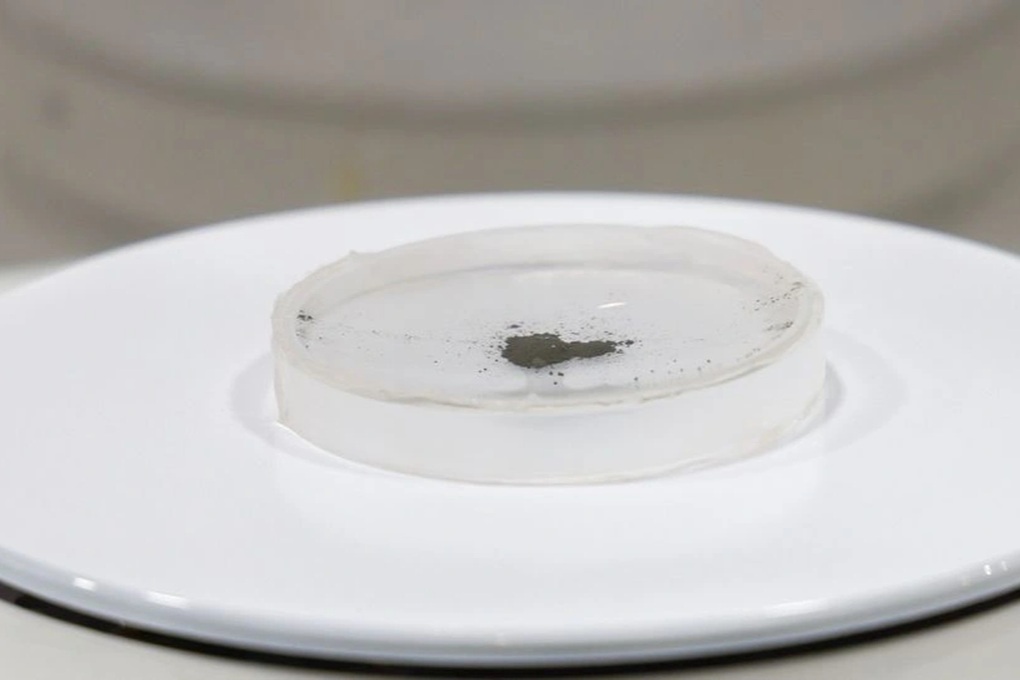
Lunar soil samples collected by the Chang'e 5 probe (Photo: VCG).
The process works by concentrating sunlight to heat lunar dust to 200°C, releasing water locked in minerals like ilmenite. Then, when CO₂ is added to the mix, the ilmenite acts as a photothermal catalyst, allowing the water to react with CO₂ to form oxygen and methane.
Notably, methane is considered a more ideal potential fuel than hydrogen for space missions, thanks to its ability to maintain a stable liquid state, making storage and operation easier.
Organizations like NASA and private companies like China’s Landspace have successfully tested liquid methane engines. Creating methane on the Moon could significantly reduce the cost of resupply from Earth.
Another major advantage of this method is its locality. Instead of having to transport the catalyst from Earth, the process uses the lunar soil itself, reducing transportation costs and minimizing the technical system.
With missions like NASA's Artemis III slated to return humans to the Moon by 2027, this is a prime time to field-test these groundbreaking technologies.
Challenges in operating on the Moon
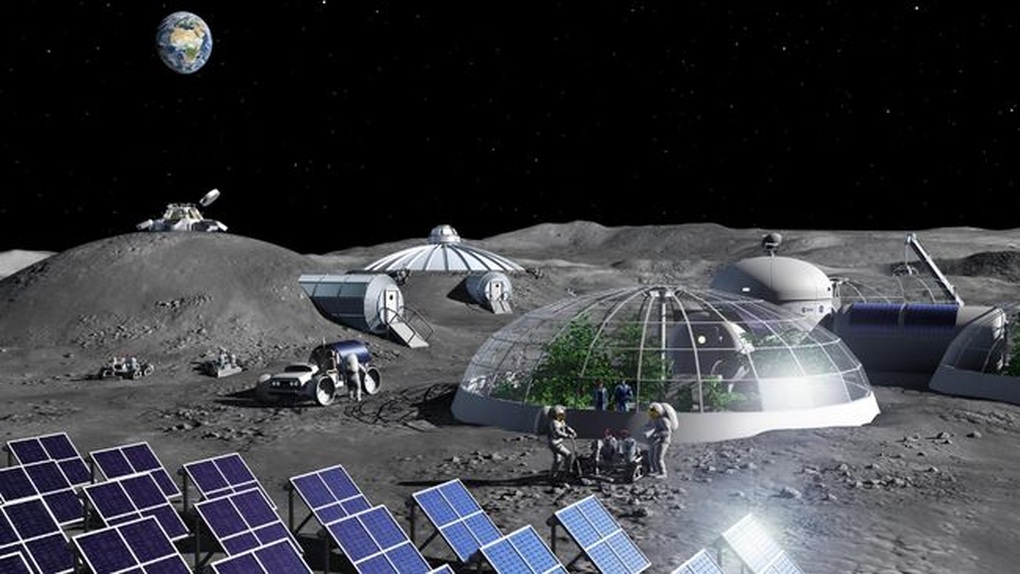
Illustration of a hypothetical base on the Moon (Photo: ESA).
Despite the potential, experts remain cautious. Planetary physicist Philip Metzger of the University of Central Florida notes that lunar regolith is highly insulating, which could make it difficult to heat evenly, a key factor in extracting enough water in a short period of time.
Another problem is the carbon dioxide input. Although CO₂ is a byproduct of astronauts’ breath, the amount produced is only about one-tenth of what is needed to react. Therefore, efficient CO₂ capture and recycling systems are needed, or CO₂ must be transported from Earth, which is counterproductive to the goal of “local resource self-sufficiency”.
Metzger also questioned the catalytic performance of lunar regolith. He proposed using an industrial catalyst such as Ni/Kieselguhr, which could provide better catalytic performance, be easily reused, and be transported in one go.
In the long run, this may be a more economical option than using tons of low-yield regolith.
Source: https://dantri.com.vn/khoa-hoc/thanh-cong-chiet-xuat-nuoc-va-oxy-tu-bui-dat-bang-anh-sang-mat-troi-20250718100634950.htm


![[Photo] Cat Ba - Green island paradise](/_next/image?url=https%3A%2F%2Fvphoto.vietnam.vn%2Fthumb%2F1200x675%2Fvietnam%2Fresource%2FIMAGE%2F2025%2F12%2F04%2F1764821844074_ndo_br_1-dcbthienduongxanh638-jpg.webp&w=3840&q=75)





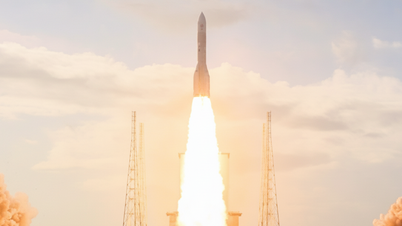



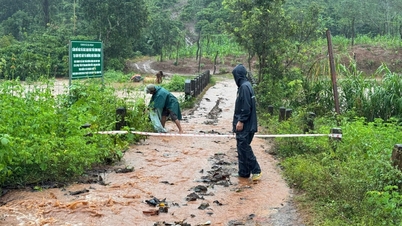



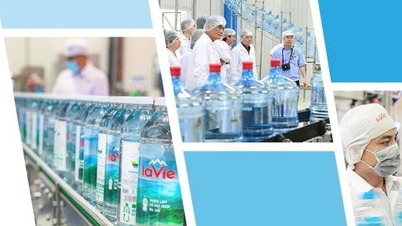

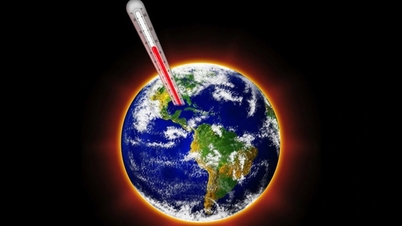





















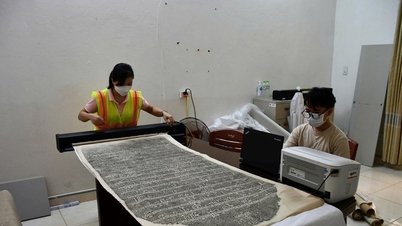





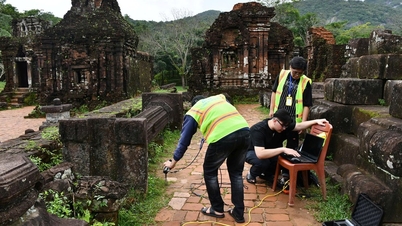











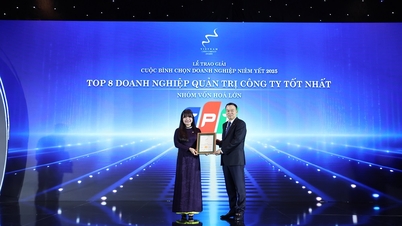



![[VIMC 40 days of lightning speed] Da Nang Port: Unity - Lightning speed - Breakthrough to the finish line](https://vphoto.vietnam.vn/thumb/402x226/vietnam/resource/IMAGE/2025/12/04/1764833540882_cdn_4-12-25.jpeg)










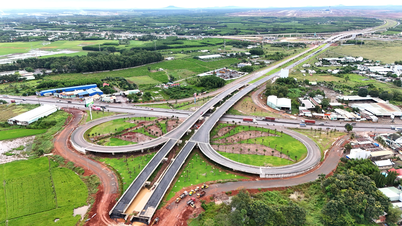





































Comment (0)